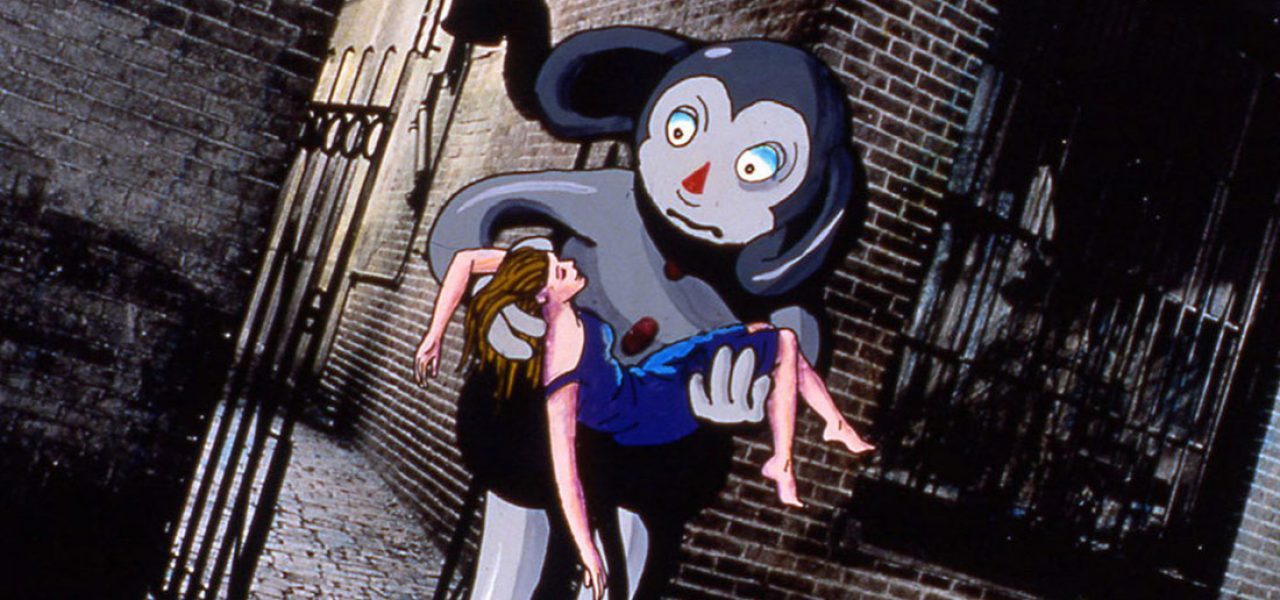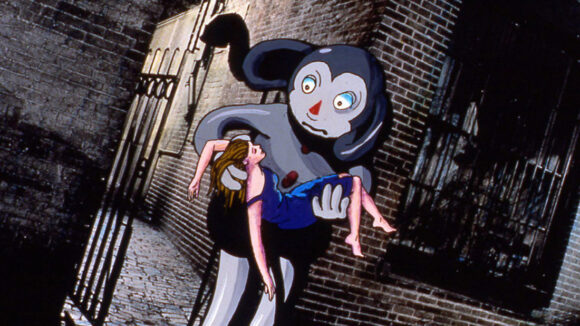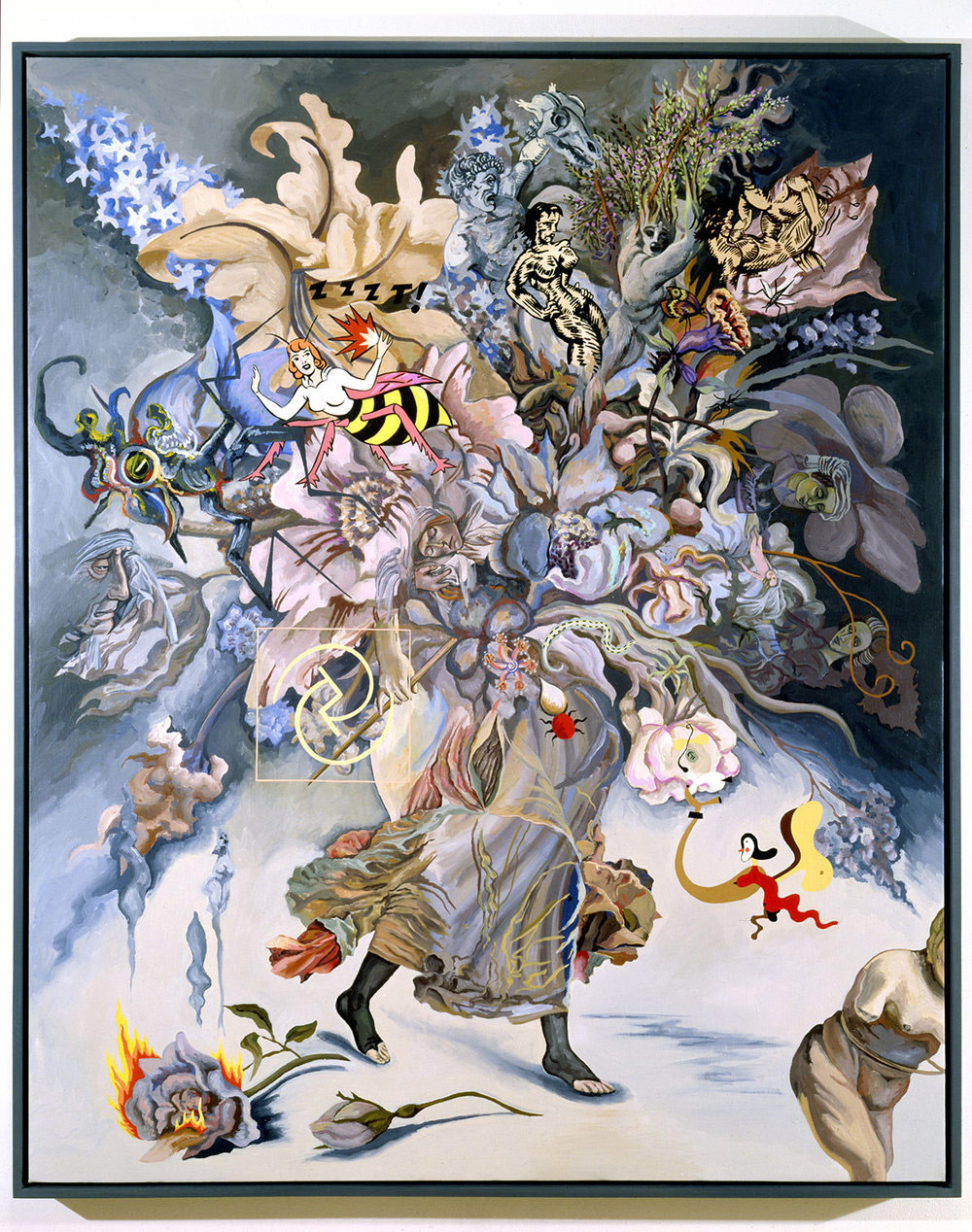

Suzan Pitt, Influential American Director Of Animated Films, Dies At 75
After already enduring the losses of Dutch animator Rosto and clay animation wizard Bruce Bickford, the animation world lost another indie legend in 2019 when Suzan Pitt succumbed to cancer on Sunday, June 16, at age 75.
As an instructor at Calarts and the creator of beautiful, personal, provocative short films (notably, Asparagus, Joy Street, and El Doctor), Pitt’s impact and influence reached far and wide throughout the animation world.
These days, it’s no big deal to see women animators addressing topics of sexuality (no shortage of films about vaginas and tampons in recent years), identity, mental illness, addiction etc…, but decades before, this was not always so common in an animation community dominated by men. American animator and artist, Suzan Pitt, was one of the few (that includes men, too) who was making films that tackled depression, mortality, identity, and sexuality in honest, hopeful and insightful ways.

“Suzan peered deep into life, into corners few dare to approach,” writes New York-based animator and artist, Lisa Crafts. “She was a radiant being — an artist, visionary, naturalist, and dear friend. She approached her work with a fierce dedication, a boldness, a sense of awe, humor and raw vulnerability. Her films stun, mystify and awaken. They are journeys, and a traveler can go deeper with every viewing.”
“We first met,” continues Crafts, “when she taught at Harvard in the 70s, and she became part of our small animation community in Cambridge. She was a decade older, and possibly the first fully realized artist I knew. She modeled dedication, risk, and an untamed sense of wonder. She directed the performance, Loops, an evening of animation, spoken word and live music, in collaboration with John Cage at Harvard. There was a sense of mythology swirling around her, yet she was down to earth, with a great sense of love and play. She moved fluidly between mediums, embracing interdisciplinarity before it was a word.
“Suzan was an outlier,” animator George Griffin tells Cartoon Brew. “Florid figures and dream environments caressed by her brush and pencil, and just as surely an indweller, revealing her emotional life as few animators have. Like Maria Lassnig, another painter who performed herself, yet without using the ‘real’ face to reveal the hidden soul.”
Suzan Pitt’s love of animation began in her childhood in her parent’s house in Kansas City, Missouri: “There was a dollhouse in the dark attic where I would go to play,” Pitt once revealed. “I projected myself into plastic figures, chairs, lamps, and various objects. It was an escape to a richer world of play and imagination.”
After studying painting and printmaking (she graduated in 1965 from the Cranbrook Academy of Art in Michigan), Pitt remained unsatisfied creatively. She thought of her Kansas dollhouse and the vivid worlds and characters she had created in it as a child. How could she capture that world in her art? One day it occurred to her that her painted images looked like they were in arrested movement. “I thought of doing animation, but didn’t know anything about it.” In the late 1960s, Pitt got a hold of an 8mm Bolex camera. “With the Bolex mounted on a tripod taped to the floor, I animated cut-outs, paper paintings of living stuff (twigs and sprouts and unknown vegetables) moving through real grass I had made a bed for on the floor — that was it — an event.”
During the early 1970s, while teaching in Minneapolis, Pitt made a number of short animation films. The first significant film is Crocus (1971), a cut-out film that anticipates many of the themes (sexuality, creativity, relationships) of Pitt’s later works. Another early highlight is Jefferson Circus Songs (1973), a bizarre pixilation/cut-out film made with kids and set in a circus.
It was with Aspargus (1979) that Pitt really made her mark on the animation and film circuit. This bold, luscious, and overwhelming work is a giant step from her earlier films. Taking some of the visual aspects of Crocus, Asparagus is a journey through the creative process of a female artist. Like a work of free jazz, Pitt’s imagery is open to multiple interpretations. The downside of the film’s freewheeling nature is that over the years Asparagus has sometimes been deemed a soft-porn film because of the sexual images in the film. “I thought of the asparagus as a beautiful symbol of sexuality,” Pitt once said. “I wanted to make a visual poem about the creative process and take the viewer through the mind of an artist/magician as she searches for the forces that stimulate her creative existence.”
Asparagus was extremely well received for an animated film. The film premiered at the Whitney Museum in its own miniature theatre. Then the film was shown before David Lynch’s Eraserhead and ran for two years in New York and then a year in Los Angeles.
In the 1980s, overworked (she was teaching at Harvard and doing animation for operas), Pitt suffered a breakdown. “I think of it as some monster inside who devours myself and pulls me down under. I constantly have had to find ways to survive and climb back out, sometimes letting it sink me for long periods and sometimes fighting by brute force through determined work.”

After months of therapy, Pitt channelled her darkness into the film Joy Street (1995). Made over a period of four years, this breathtakingly beautiful painted film captures the extremes of depression as a lonely, suicidal woman finds hope through, of all things, a cartoon mouse that comes to life.
A restless soul her whole life, Pitt was on the move again in 1998, this time to teach at Calarts in the experimental animation program. “I get tired of being in one place and I like to experience different people and places, often taking my movies-in-progress with me. I need to be charged and awakened or else I fall,” she said.
One of Pitt’s students at Calarts, Brooke Keesling, tells Cartoon Brew: “When Suzan Pitt first arrived at Calarts, I was already a huge fan of her work. I loved the intricate and complicated nature of her films. Honestly, I think that she and I butted heads a few times in class, but we smoothed out or artistic differences quickly, and Suzan was ultimately extremely helpful to me when I was making my thesis film, Boobie Girl. As the years went by and I entered the industry, Suzan was always supportive of my various pursuits, from the art/animation side to the talent development and executive side. I, along with so many others in the animation world, will miss her terribly.”
After working on a series of paintings that she never showed, Pitt began work on El Doctor (2006). Using a script written by her son, Blue Kraning, Pitt uses elements of magic realism and Mexican culture, along with vivid oil colors to create a dazzling, haunting, and poignant evocation of a man’s final moments.
The film’s protagonist is a cranky, cynical old doctor who sees the world as empty and ugly. Only in his last living moments does he realize that he was the one making the world miserable and that with a different perspective, the world was actually filled with possibility and beauty.
El Doctor was not Pitt’s final film — she would make two more animation shorts: Visitation in 2011 and Pinball in 2013 — but the message of the film seems like a fitting epitaph to an amazing and bold artist who frequently overcame her own demons and darkness to fill with the world with imagination, honesty, beauty, and love.
“A couple of weeks ago, we were texting,” recalls Lisa Crafts. “She was not well and the texts became quite surreal, yet always poetic and poignant. The last communication from her said, ‘Enter the room with a sly smile.’ I believe she did.”
In addition to her work as a filmmaker, Pitt was a fine artist whose works are in the collections of the Museum of Modern Art in New York, The Walker Art Center in Minneapolis, and the Ludwig Museum in Germany, and who has been included in major exhibitions at the Whitney Museum of American Art, the Stedlijk Museum in Amsterdam, and the Venice Biennale. Pitt also designed sets and costumes for two major opera productions in Germany, which were the first operas to include animated images for the stage.
Earlier this month, she was presented with the Lifetime Achievement Award by Animafest Zagreb in Croatia.
Read more about her work at SuzanPitt.com.


.png)